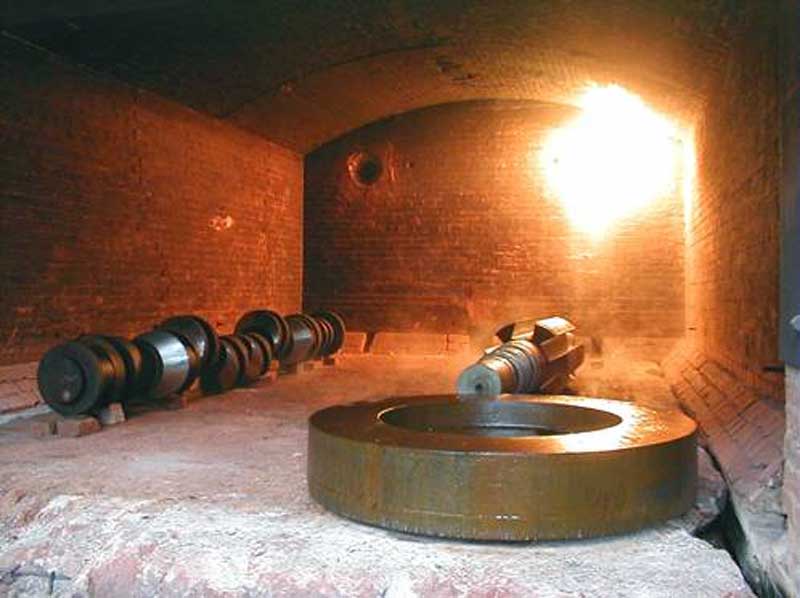Tekmar Group has been awarded a contract to provide integrated engineering solutions, including cable protection systems and cable suspension clamps, for an offshore wind farm project in Japan. The company did not disclose who the customers were. The contract is expected to be delivered in 2023. Tekmar has initiated a formal sales process and will communicate further with shareholders regarding this process in due course.
The U.S. Coast Guard is looking for solutions that can detect unmanned underwater vehicles in near-shore environments. A limited user evaluation of the Argus system was held at Pier 2 at Naval Station Newport from April 25 to May 4. Argus uses off-the-shelf commercial active sonar to detect, track, classify, deter and defeat undersea targets. It combines it with radar and forward looking infrared cameras to track ground and air targets. Argus provides the Coast Guard with the decision support information needed to manage threats. The combined team was able to perform a full user assessment in a short period of time. "It's great to see the team and the system working together," Jon Larcom said.
The demonstration was designed to assist the Coast Guard's detection efforts, particularly counter-UUV missions. The U.S. Coast Guard wanted to determine what resources staff would need to operate Argus. Setup times vary from four to eight hours, depending on weather conditions, network, and staffing. Mike Coleman: The team came together under stress and bad weather conditions. They literally kicked it out of the park. The Argus system has been evaluated by the Rhode Island National University Water Weapons Center (NNUWC) and the U.S. Coast Guard Research and Development Center. NUWC director David Coleman said he was looking for partnerships with other warfighting centers to further develop their capabilities. Argus is the current iteration of a program that started after 9/11 and includes air interface, UUV detection and passive sensing.
Mocean Energy has started tank testing of a model of its 250kW Blue Horizon wave energy machine as part of the EU-funded EuropeWave programme. The Edinburgh-based wave power company has been awarded the contract by seven technology developers for the first phase of a €20 million research and development programme. Three prototype technologies will eventually be tested at the European Marine Energy Centre in Orkney and the Biscay Marine Energy Platform (BiMEP) in Spain. FloWave is using custom 25th and 50th scale models from Blue Horizon created by FloWave using an advanced 3D printer. EuropeWave is a wave energy technology research and development programme using a pre-commercial procurement model similar to that pioneered by Wave Energy Scotland. The final phase of EuropeWave will see three different technologies tested in real sea conditions off the coast of the Basque Country and Scotland in 2025.
The project consists of around 13,400 solar panels floating on a lake near the Amer power plant in Geertruidenberg. The floating solar farm has an installed capacity of 6.1 megawatts peak (MWp). A total of 25 kilometers of cables were used to electrically connect the panels to shore. The electricity produced is fed into the power grid of the power station.
General Atomics Electromagnetic Systems (GA-EMS) has received a task order from the Naval Surface Warfare Center (NSWCCD) of the Cadrock Division (NSWCCD) to conduct a manufacturing evaluation of several new thruster bearing concept designs for U.S. Navy submarines. NSWCCD manages the development, design, testing and delivery of submarine propulsion and components. GA-EMS has experience designing and manufacturing large and complex systems, including electromagnetic aircraft launch and recovery systems for Ford-class aircraft carriers.
NOAA's newest oceanographic research vessel, the Oceanographer, is keeled in Houma, Louisiana. The ship will carry on the legacy of its namesake ships that served in the NOAA fleet from 1966 to 1996. The Oceanographer and sister ship Discoverer will feature the latest technology. Each vessel will save 15,000 gallons per vessel per year, an estimated reduction of approximately 5,700 tons of CO2.
Subsea vehicle manufacturer Forum Energy Technologies (FET) has completed sea trials of its Submarine Rescue Vehicle (SRV). The SRV can rescue up to 17 people at a time, and the operating depth can reach 600m. The vehicle is also equipped with some of the most advanced sensors and sonars to locate the wrecked submarine as quickly as possible.
Adriadiesel d.d. the service offer also includes annealing of large-sized positions (6000 mm long, 3500 mm wide, 2 meters high and optimally up to 15 tons in weight), max. temperature 400 degrees Celsius.
See what other services we offer: Link, contact: This email address is being protected from spambots. You need JavaScript enabled to view it..

Among other things, Adriadiesel also offers machining services for positions of larger dimensions, for example CNC Portal milling machine 66K 25 PM F4-06 is able to machine positions 2.5 meters high, 2.5 meters wide and even up to 6 meters long and weighing up to 70 tons.
Contact us for more information.